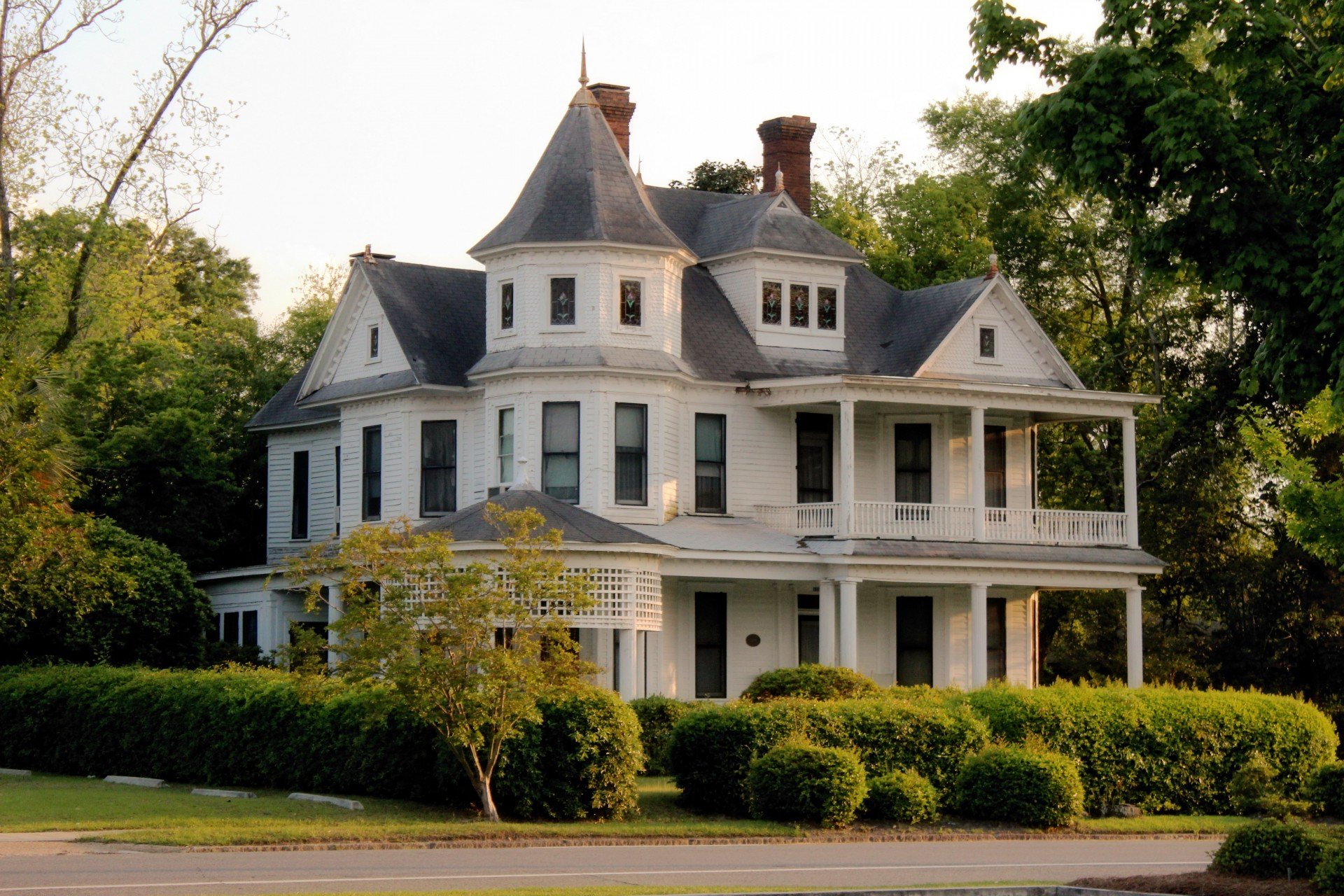Older homes have character that rarely are found in new homes – huge fireplaces and mantles, pocket doors, molding, high ceilings, wood beams and wrap-around porches, and every home has a unique story. It’s a romantic appeal and has a beauty and nostalgia that is hard to mimic. You can see the character in the window glass, wood carvings and plank floors. There is a good side and a negative side to owning an older home. Your Realtor can tell you some differences between new construction and older homes.
Older homes were built to last. There’s a reason they’re still standing. Often, there is quality craftsmanship that is one of a kind. But with age could come problems. Old homes probably have concrete and plaster walls, which crack as the house settles and chip when you’re hanging pictures or adding fixtures. Often the house has settled and has “wavy” floors. More than that, the wiring and plumbing may need to be replaced, and possibly are not safe.
New homes have a minimum of insulation that wasn’t required years ago. Even wiring for lighting could be on the outside of the walls instead of built into the walls. When updating wiring and light fixtures, you may need a larger electric panel box. Older homes did not have central heat and air. This can be very difficult to add and may require two systems instead of one, increasing the cost of installation. Single-pane windows can loosen and don’t hold in the heat in the winter like new double-paned insulated glass.
New construction follows an open floor plan that older homes do not offer, so you may find yourself knocking out walls and doing a huge renovation. Your old home may become your new baby and require all your savings. When purchasing any home, you should get a licensed home inspector to check it first. Be sure your Realtor makes this a contingency as part of your contract. The inspector will check the major systems. Roof, foundation, plumbing, electrical, heating/air and the overall condition, including appliances, and give you advice about the renovations you’re considering. Adding a walk-in shower, enlarging closets or removing wall are not something you should do without an expert checking things first.
When buying an old home, you may find yourself in a historic district, which have rules you must abide by. Check with your Realtor about historic districts, homeowners associations and zoning. It can be very rewarding to update an older home and add your own personal style. It can be a fun process, but be sure to call in your local professionals: A realtor, contractors, electricians, plumbers, and possibly, architects and designers.
Some people decorate with all antiques and others add modern furniture – both can look fantastic. Dramatic colors work well in the large rooms usually found in old homes. It probably will inspire you to try some new decorating ideas. I recently purchased an older home – not 100-years-old in a historic district, but a home built in the 1940s. I could see the potential and location was perfect. I started with a list of obvious improvements that were needed and then added things I wanted to do (such as knocking out a wall and creating a master suite).
The first surprise was a new septic system that I wasn’t expecting. The new septic created the need for a new yard and a new driveway. The roof looked good, but that replacement ended up being added to the budget too. Every turn leads to a new door that sucks money through it. Yes, it’s been fun and yes, I’ve learned a lot. I recommend you think through your decision thoroughly and make sure you’re ready for the additional expenses you aren’t expecting
.
Then have fun with it and be proud of your new “old” home.


